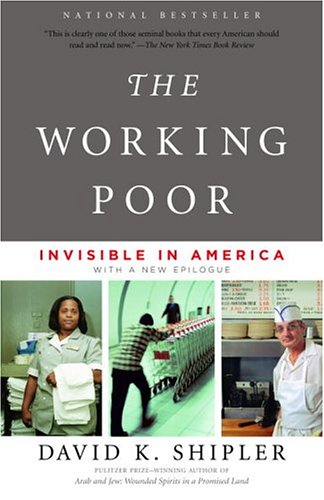Learn More
The data presented here are from the Current Population Survey (CPS), 2010 Annual Social and Economic Supplement (ASEC), the source of official poverty estimates. The CPS ASEC is a sample survey of approximately 100,000 household nationwide. These data reflect conditions in calendar year 2009.
- Between 2008 and 2009, the poverty rate increased for non-Hispanic Whites (from 8.6 percent to 9.4 percent), for Blacks (from 24.7 percent to 25.8 percent), and for Hispanics (from 23.2 percent to 25.3 percent). For Asians, the 2009 poverty rate (12.5 percent) was not statistically different from the 2008 poverty rate.*
- The poverty rate in 2009 (14.3 percent) was the highest poverty rate since 1994 but was 8.1 percentage points lower than the poverty rate in 1959, the first year for which poverty estimates are available.
- The number of people in poverty in 2009 (43.6 million) is the largest number in the 51 years for which poverty estimates have been published.
- Between 2008 and 2009, the poverty rate increased for children under the age of 18 (from 19.0 percent to 20.7 percent) and people aged 18 to 64 (from 11.7 percent to 12.9 percent), but decreased for people aged 65 and older (from 9.7 percent to 8.9 percent).**
Footnotes
* The poverty rate for Blacks was not statistically different from that of Hispanics.
** Since unrelated individuals under 15 are excluded from the poverty universe, there are 460,000 fewer children in the poverty universe than in the total civilian non-institutionalized population.
Source: United States Census Bureau
- The official poverty rate in 2009 was 14.3 percent — up from 13.2 percent in 2008. This was the second statistically significant annual increase in the poverty rate since 2004.
- In 2009, 43.6 million people were in poverty, up from 39.8 million in 2008 — the third consecutive annual increase in the number of people in poverty.
The Working Poor
In 2006, United Way of Greater Lafayette and its Board of Directors used this book as an introduction to the target population and the challenges they face.
It gave United Way momentum needed to create change. It provided a foundation of compassion and energy that helped us make some difficult decisions. For example, we developed, adopted and piloted the community investment process, merged two committees, merged the Greater Lafayette Volunteer Bureau into United Way and began to re-write the by-laws that year.
"Nobody who works hard should be poor in America," writes Pulitzer Prize winner David Shipler. Clearheaded, rigorous and compassionate, he journeys deeply into the lives of individual store clerks and factory workers, farm laborers and sweatshop seamstresses, illegal immigrants in menial jobs and Americans saddled with immense student loans and paltry wages. They are known as the working poor.
Click below to read reviews or purchase the book.
E-News Sign Up:
Loading






